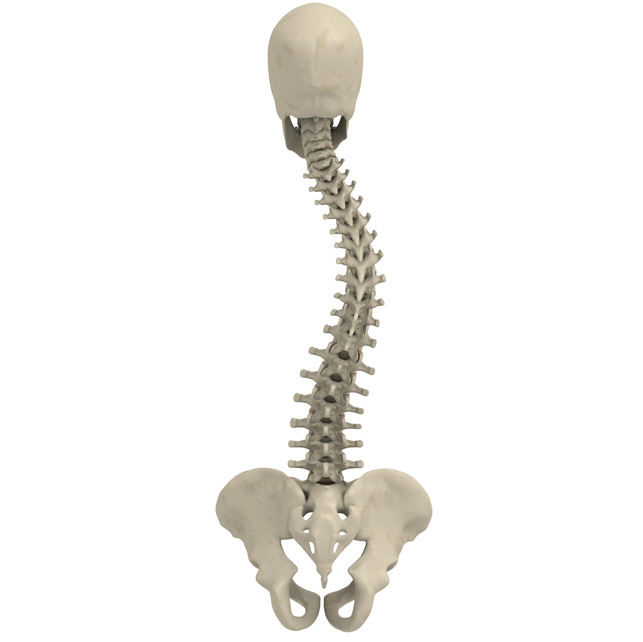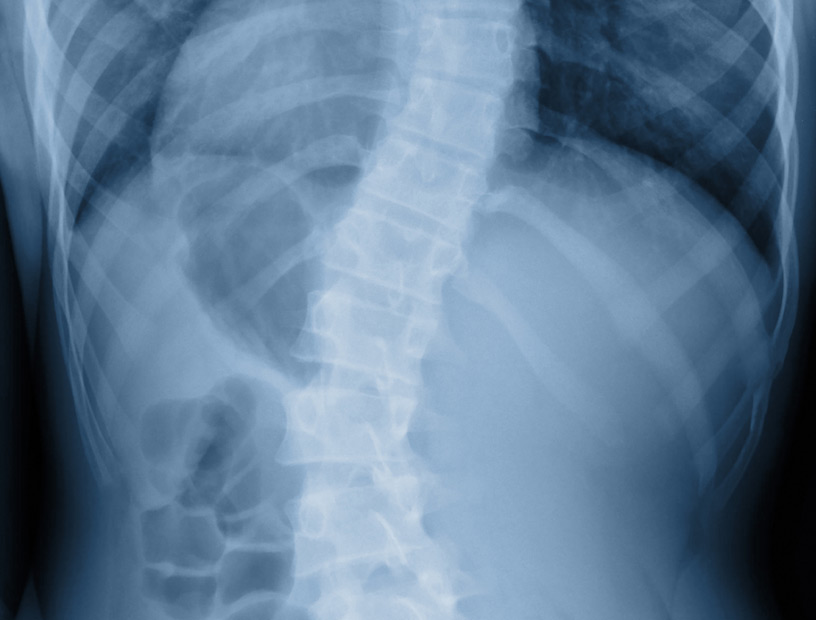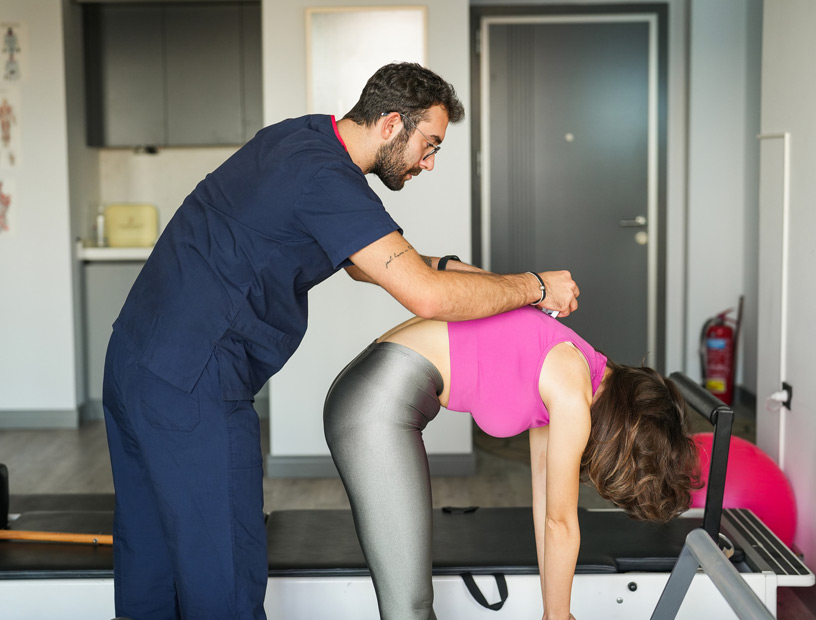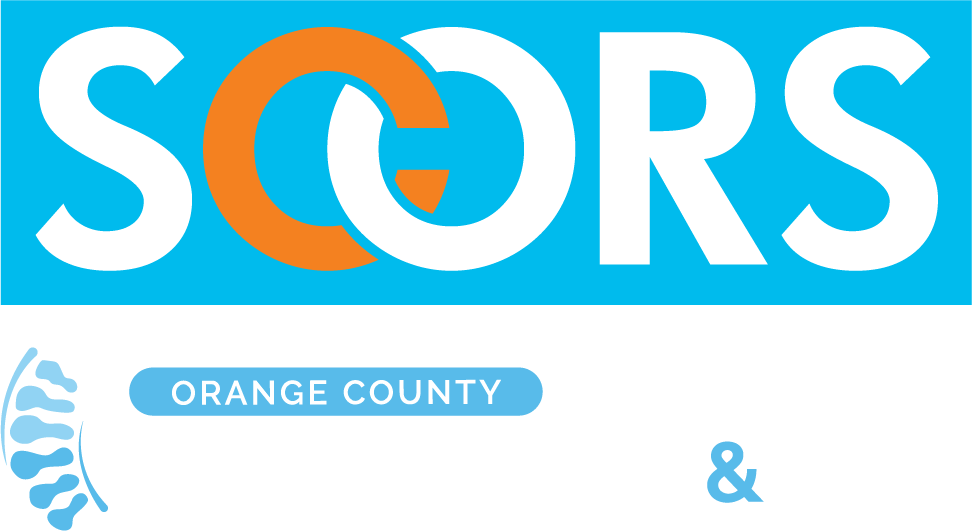
Find out how you can work with your orthopedic surgeon to correct scoliosis.
Scoliosis is an abnormal, sideways curve of your spine. It most often develops during the rapid growth spurt that children have just before puberty begins. Most instances of scoliosis are mild.
- Some patients have underlying health conditions that can cause the curve to increase
- In some cases, scoliosis becomes severe
When scoliosis is severe, it can be disabling. A severe curve of the spin reduces chest capacity, making it difficult to breathe and swallow. Scoliosis also impairs movement and the range of motion, making it difficult to do bending and twisting activities such as tying shoes, playing sports, or getting dressed. When a child is found to have scoliosis, regular monitoring from imaging studies such as X-rays or MRI scans can show whether or not the curve is worsening.
Causes
The exact cause of most cases of scoliosis is not able to be determined. The condition frequently runs in families. In some cases, scoliosis may be a result of neuromuscular disorders such as cerebral palsy or muscular dystrophy. Birth defects that affect bone hardness and development may also cause scoliosis. Injuries and trauma to the spine may cause a curvature to form. Spinal infections cause some of the less common types of scoliosis. Girls have a higher risk of scoliosis and their cases tend to be more severe than those of boys.
Symptoms

The symptoms of scoliosis may be difficult to detect in the earliest stages when the curvature of the spine is small. Some of the symptoms that you might notice include uneven shoulders or one shoulder blade that sticks out more prominently than the other. The waist and hips may also be uneven.
As scoliosis worsens, the spine may rotate or twist. This causes one side of the ribs to stick out more than the other side. People with scoliosis may also walk with an unusual gait due to the changes in hip elevation. If scoliosis is not treated, heart and lung damage may develop as a result of these organs rubbing against the twisted and displaced ribs.
Treatments
Before treatments begin, most patients receive X-rays to determine the severity of their spine’s curve. Once the orthopedic surgeon understands the severity of the curvature, treatments can be developed and customized to the patient’s needs. When the condition is mild, orthopedic surgeons may begin with a scoliosis brace. These braces work the best when a child’s bones are still growing and the spine has a moderate C-shaped curve. The braces are worn during the day and at night, and children can still perform physical exercise while wearing them. The use of braces typically stops once the bones are done growing. This is at about age 15 for girls and about 17 for boys.
For severe scoliosis, surgery may be needed. The most common surgery for scoliosis is spinal fusion. This is a process in which two or more of the vertebrae are fused so that they cannot move independently of each other. Rods and screws hold the spine in place.

on caring for specific orthopedic needs.

